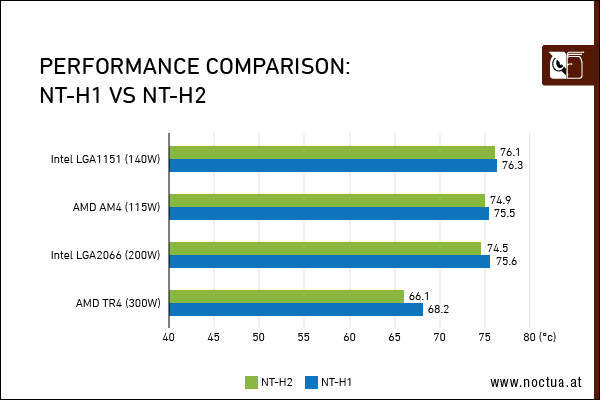My intention is to reduce the need to reapply paste once the CPU and GPU waterblocks are installed (hard tubing without quick disconnects), so I'd like to know what people think is a good long-lasting paste to use for both of those cases.
Kryonaut crapped out on me by drying out in one of the tubes I had, so I've lost confidence in TG. It's also known to dry up in general. I've had good experience with Noctua NT-H1, but it's not necessarily the greatest. From what I've heard, Arctic's MX-5 is good, but there's also rumours about a recall for it being faulty.
Recommendations? Should I just stick with NT-H1 or MX-4? The NT-H2 seems to have very high thermal tolerance as well.
Kryonaut crapped out on me by drying out in one of the tubes I had, so I've lost confidence in TG. It's also known to dry up in general. I've had good experience with Noctua NT-H1, but it's not necessarily the greatest. From what I've heard, Arctic's MX-5 is good, but there's also rumours about a recall for it being faulty.
Recommendations? Should I just stick with NT-H1 or MX-4? The NT-H2 seems to have very high thermal tolerance as well.










